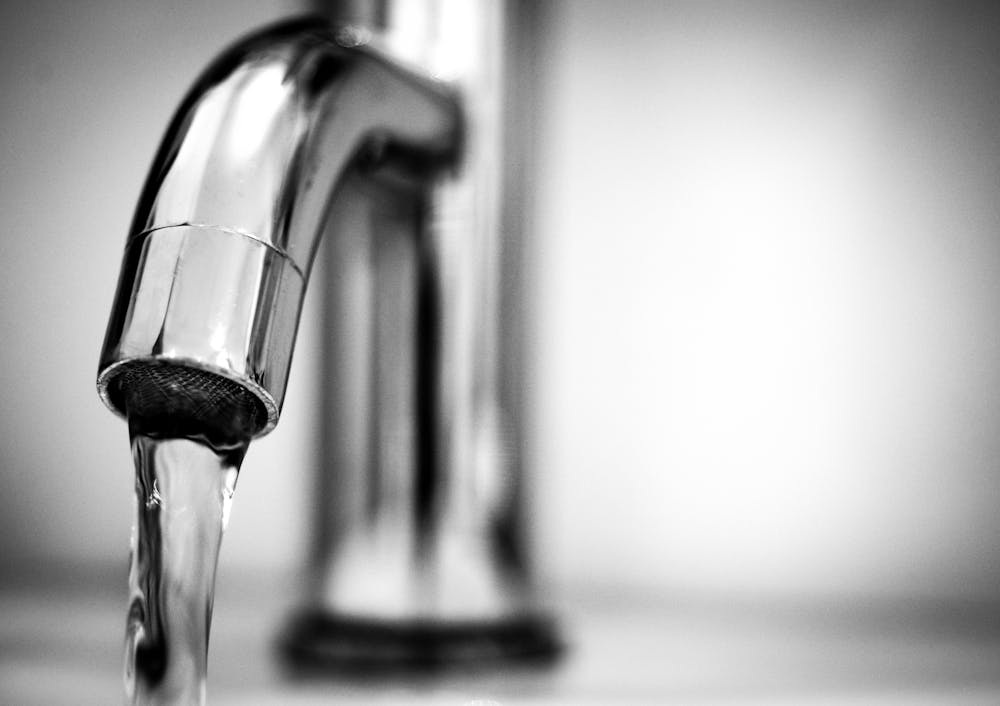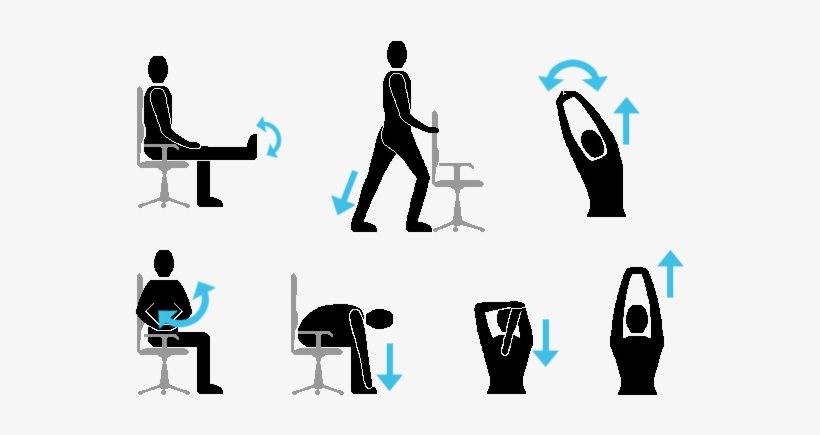For many of us, turning on the tap and filling a glass of water is second nature. We trust that the water flowing from our kitchen sinks is clean, safe, and ready to drink. But how safe is tap water really—and what ensures its quality? In this blog, we explore the safety of tap water, the standards that govern its quality in Australia, and how our system compares globally.
The Basics of Tap Water Safety
Tap water safety hinges on how effectively it is treated and monitored. In developed nations, this typically involves a multi-step process of filtration, disinfection (often with chlorine or UV light), and regular testing for contaminants. The goal? To ensure water is free from harmful pathogens, heavy metals, and other pollutants.
In Australia, we are fortunate to have one of the most robust water monitoring systems in the world. Water utilities must adhere to the Australian Drinking Water Guidelines (ADWG)—a national framework developed by the National Health and Medical Research Council. These guidelines set out the acceptable levels of chemicals, bacteria, and physical characteristics (such as taste and clarity) in our drinking water.
What’s in Your Tap Water?
Even with rigorous treatment, tap water can still contain trace elements of:
- Chlorine: Used as a disinfectant to kill bacteria and viruses.
- Fluoride: Added in many regions to support dental health.
- Minerals: Naturally occurring substances such as calcium, magnesium, and iron.
- Microscopic organic matter: Generally harmless but may affect taste or odour.
What matters is that these elements remain within safe limits set by health authorities – frequent testing ensures these thresholds aren’t exceeded.
Water Quality Challenges in Australia
While tap water in cities and urban areas is generally safe, remote or rural communities may face challenges. Drought, outdated infrastructure, and contamination from agriculture or mining can impact water quality. In some Indigenous communities, for example, access to consistently safe drinking water remains a concern. Boiling water, using filtration systems, or relying on spring water alternatives may be recommended in areas with known issues.
How Do We Compare Globally?
Australia ranks highly when it comes to water safety, but it’s worth noting that not all countries share the same level of access or standards. If you’re a frequent traveller or simply curious about global comparisons, you might be interested in this list of countries with clean tap water. You’ll find that many Scandinavian nations, along with New Zealand and Switzerland, also rank among the best in terms of tap water quality.
Should You Be Filtering Your Tap Water?
For most Australians, tap water is safe to drink straight from the tap. However, some people choose to use filters to improve taste, reduce chlorine, or remove specific contaminants like lead (which may be present in old pipes). If you live in an area with ageing plumbing, a filtration system might offer peace of mind.
The Takeaway
In Australia, we are fortunate to enjoy high-quality, safe drinking water thanks to strict regulations, modern treatment methods, and ongoing monitoring. While isolated issues may arise, the vast majority of Australians can confidently drink straight from the tap. Still, it’s good practice to stay informed about your local water authority’s testing reports—and if in doubt, filtration or spring water alternatives can offer a reliable backup.





